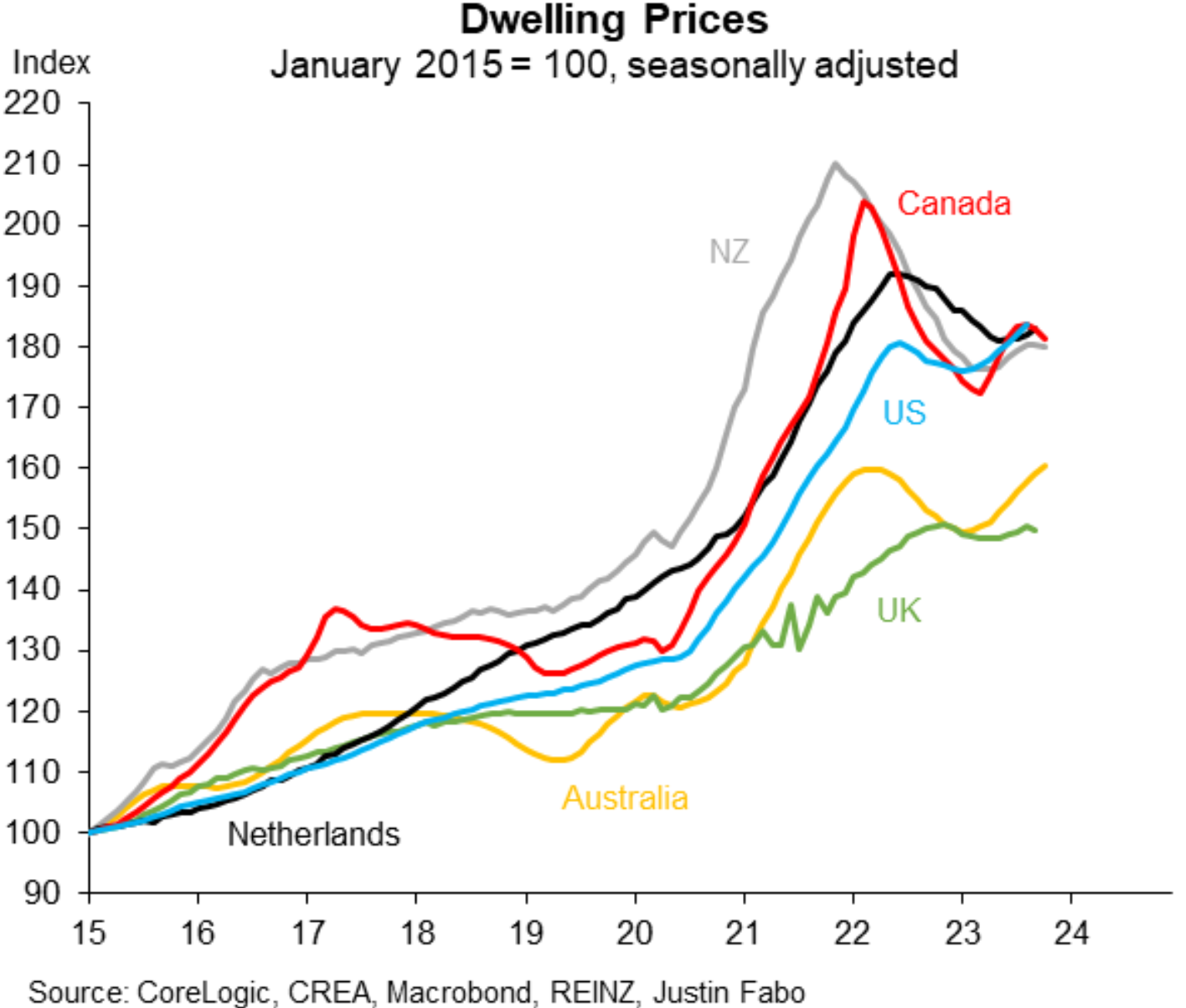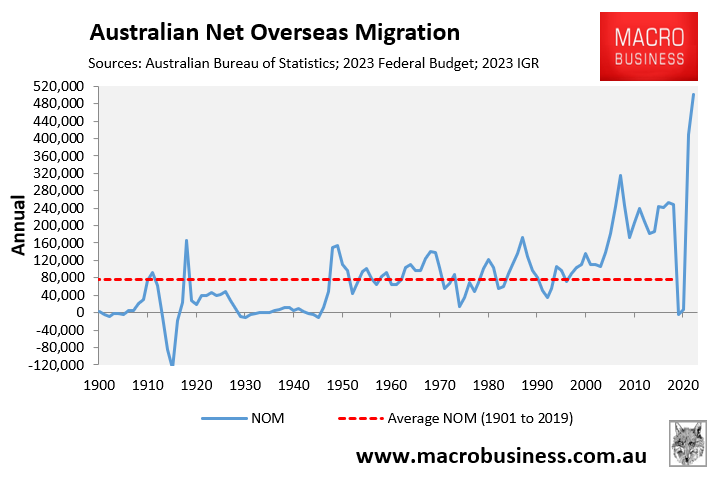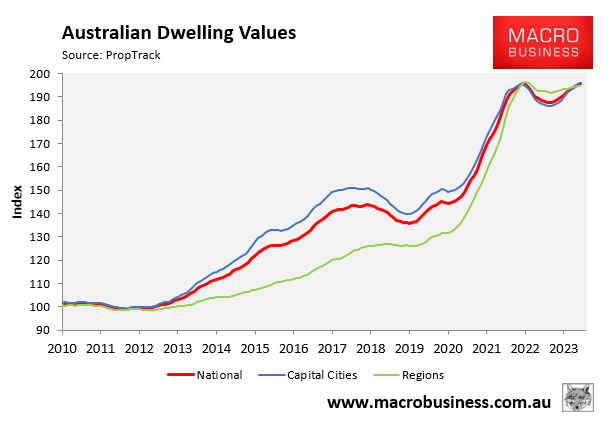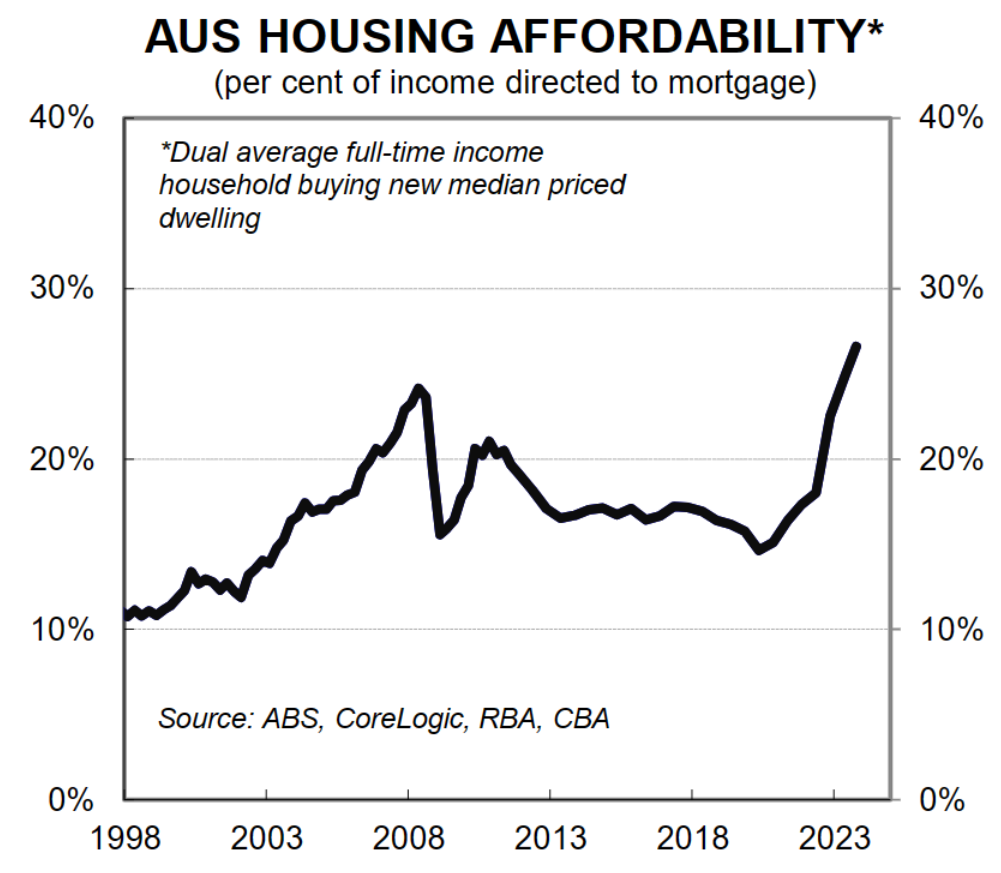Check out the below seven year-old video of Anthony Albanese bemoaning Australia’s poor housing affordability:
“Australians know this is an issue for their kids & grandkids, they’re being frozen out of the market” my comments on negative gearing pic.twitter.com/e8Xu7pZdAn
— Anthony Albanese (@AlboMP) November 25, 2016
“We’re in danger of developing a society where some people are able to buy their 6th, 7th, 8th home, but people trying to get into the market to buy their 1st home simply aren’t able to”, Albanese said in relation to negative gearing and the capital gains tax concession.
Labor took reform of the above to the 2016 and 2019 federal elections under leader Bill Shorten, but lost both times.
So, Australia’s negative gearing and capital gains tax concessions remain untouched.
I used to be someone who believed that Australia’s negative gearing and capital gains tax concessions were a key driver of Australia’s unaffordable housing.
While both policies likely play a bit-part a role, I no longer view either as a significant driver of Australia’s expensive housing.
The reason is simple. New Zealand abolished negative gearing in 2019 and house prices still experienced one of the world’s biggest booms:

In early 2021, the Government then fully removed the tax deductibility of mortgage interest payments on residential investment properties, and prices continued to rise until the Reserve Bank began hiking interest rates later in the year.
New Zealand also extended its ‘Bright Line Test’ (i.e. capital gains tax on investment properties) several times throughout the years, yet prices boomed.
The bright-line test was first introduced in October 2015, and it applied to any second property that was sold within two years of purchase.
The bright-line test was then extended to five years in 2018, and then to 10 years in early 2021.
While Labor did ‘fight the good fight’ on negative gearing and capital gains tax reform, it has irreparably damaged Australia’s housing affordability in other ways.
First, the Rudd Government (of whom Anthony Albanese was a part of) made the stupid decision in 2008 to allow temporary migrants to purchase established housing.
The subsequent boom in temporary migration – in particular, international students (the largest share of whom come from China) – has dramatically boosted demand for Australian homes:

The Labor Gillard Government in 2012 then introduced the ‘golden ticket’ visa, which has enabled wealthy migrants (mostly Chinese) to buy permanent residency in Australia, and has facilitated the laundering of ‘dirty money’ into Australian homes.
Most importantly, the current Albanese Government has deliberately ramped net overseas migration to unprecedented levels, which has driven rents and house prices higher.

Despite the sharpest increase in interest rates in Australia’s history, house prices are now sitting at all-time highs:

The combination of record high house prices and the highest mortgage rates since the Global Financial Crisis has meant that Australians face the worst affordability in generations:

The situation will continue so long as the Albanese government continues to run an extreme immigration program that keeps housing demand running well ahead of supply.

